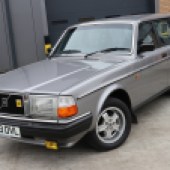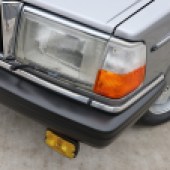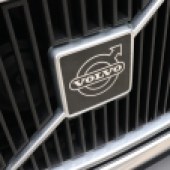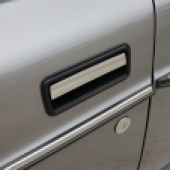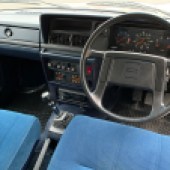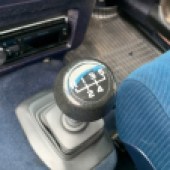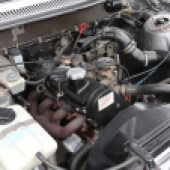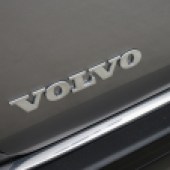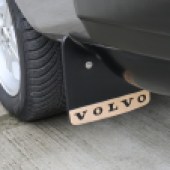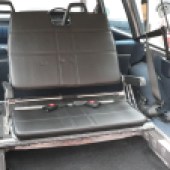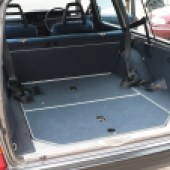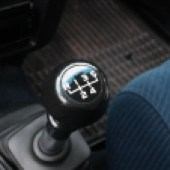The Volvo 240 was one of the Swedish firm’s most successful models; today, it makes for a practical, well-built classic. Here’s how to buy one
Images: Paul Wager, Volvo
An executive-class model that remains in production for the best part of two decades is something of a rarity. The Mercedes W124-series E-Class stayed around for just over 11 years, the Rover SD1 charted up a decade-long career, and the longest-lived Ford Granada/Scorpio model managed barely nine years. The Volvo 240 is in a league of its own, however, launched in 1974 and remaining on sale for the next 19 years.
As newer, more advanced rivals came and went, the Volvo 240 plodded on with only minor updates throughout its career. A combination of toughness, strength, safety and dependability won it many friends, ensuring that the car became a real classic in its own lifetime.
Based heavily on the already-successful 140 series, the new 244 saloon of 1974 (plus the 245 estate that arrived the following year) featured more powerful overhead-cam engines in place of the old pushrod units, as well as mild restyling for the front and rear ends. Plenty of updates arrived over the years, with headlamps changing shape, bumpers shrinking, interiors getting upgraded and exterior trim evolving over time. But while all these minor changes kept the 240 feeling reasonably fresh, its appeal went much deeper than mere cosmetics.
These days, the Volvo 240 series offers classic buyers the same attributes as it did when new, retaining its reputation for robustness and reliability. And with a reasonably wide range of different derivatives available, there should be a version to suit most potential buyers’ needs. The early UK-spec range comprised the 244DL and better-equipped GL saloons, plus the 245E and DL estates – although a GL version of the 245 would arrive later.
Also available were the 264 and 265 models, sharing essentially the same styling but with 2664cc V6 power thanks to their use of the PRV engine co-developed with Peugeot and Renault. The 260-series would be phased out by 1982 thanks to the arrival of Volvo’s new 760 flagship, and nowadays any 264/265 is one of the rarer members of the 200-series family.
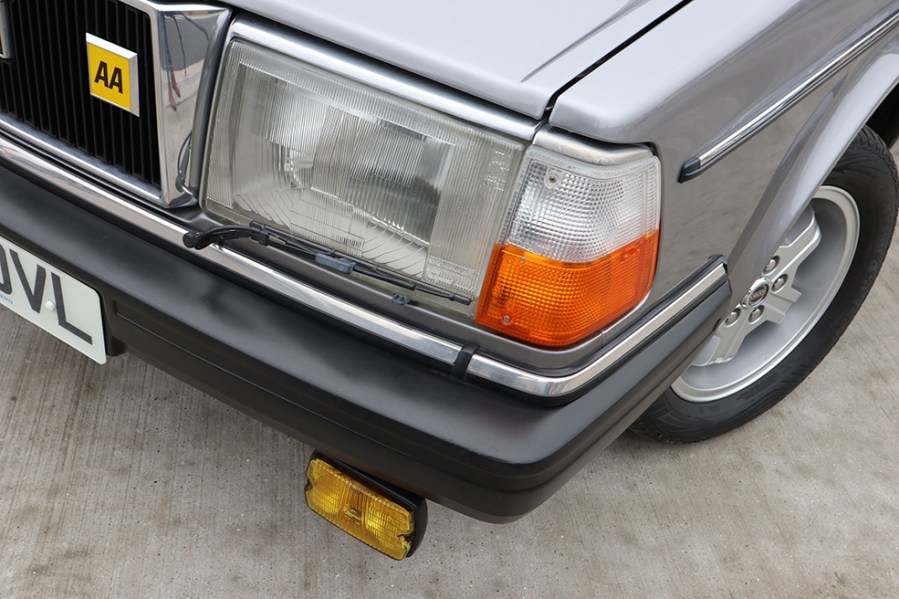
Scarcer still is the 262C, a two-door coupe version of the six-cylinder saloon (complete with lowered roofline for a more American look), of which just 6622 were built during its 1977-81 career.
Among the regular Volvo 240-series models, the estate is the most commonplace now, despite it being the real workhorse of the range. Its extra longevity is part of the reason (the saloon disappeared from Volvo’s UK price lists in 1991, two years earlier than the estate), although its top-selling status also helps to make the estate the most ubiquitous of today’s survivors. Back in the Seventies and Eighties, any antiques dealer or Labrador-owning country dweller wanting to look the part inevitably ended up with a Volvo 240 estate.
Derived from the old 140 range, the new 240-series featured revised styling touches and more modern engines, as well as the extra modernity of MacPherson strut front suspension and rack and pinion steering. The all-new B19A engine (with 89bhp on tap) replaced the old B20A in 1977, while the following year’s facelift saw the Volvo 240 saloons treated to a redesigned rear end, complete with wrap-around lights and a softer boot line. Flush-fitting square headlamps were fitted in place of the old recessed circular units and a new 240 GLE flagship was also added.
A sportier version – the Volvo 240 GLT – went on sale in the UK in 1980, with the following year seeing the adoption of a new-look grille and wraparound rear lights for the estate. A redesigned dashboard was introduced in 1981, with the B21A engine being boosted to 105bhp that same year. A new manual gearbox arrived for 1984, with a four-speed automatic option being introduced for the GL.

Further improvements were announced throughout the remaining years of 240 production, with the late ’80s seeing the range at its widest in the UK – with the saloon available in GL and GLT guises, while the estate could be had in DL, GL and GLT spec. The best-performing model was, of course, the GLT which by then had an impressive 133bhp on tap. From then on the 240 range was gradually wound down, with the penultimate year of sales initially seeing only the 240GL estate available in Britain. For the 1993 model year, however, came the 240 Torslanda estate, a limited-edition run-out model that finally marked the end of Volvo’s longest-running family.
Your choice nowadays will, of course, depend on whether you prefer a saloon or an estate, with the latter often commanding a premium thanks to its extra versatility and popularity. There are exceptions, however, as a GLT will generally attract a higher asking price thanks to its increased power and performance, while the 262C coupe is generally seen as a more aspirational model thanks to its rarity.
Whichever member of the 200-series Volvo family you choose, you’ll be getting one of today’s most durable classics – although that doesn’t mean the buying process is automatically problem-free.
Bodywork
The Volvo 240 was one of the best-built cars in its sector, with a reputation for outlasting many of its more rot-prone rivals. That doesn’t mean that rust isn’t an issue today, however. It’s worth noting that 1988-on models offered the best anti-corrosion protection of all, with the use of partly galvanised bodywork also helping to keep rust at bay.
On early models, check the condition of the front wings; Volvo did not fit plastic inner-wing liners until the 1977 model year. Even on later cars the areas around the indicators and between the wheel arch and door can rust badly.
Also check the engine bay, looking for general corrosion and paying particular attention to the front crossmember (which supports the radiator), the battery tray, the bulkhead (with rot around the base of the windscreen being not uncommon) and the front chassis legs.
If the Volvo 240 you’re inspecting shows signs of rot in its sills, it could be bad news. The sill itself is made up of three parts (an outer and inner sill, with a central section between them), which means that any bubbling paintwork on the outer sill will probably mean rot in the other two pieces too. The entire underside of the car should be checked for corrosion and signs of previous welding, with any fresh-looking underseal around the floorpans and crossmembers being a cause for concern.
Also pay attention to the doors, as these are prone to rot along their lower edges and underneath thanks to the common problem of blocked drain holes. The 240’s outer rear wheel arches and inner rear wings can also rust badly, as can the spare wheel well.
The boot floor of the saloon needs checking, as does the area below and between the back lights. When buying an estate, carry out similar checks but make sure you also examine the lower part of the tailgate, where rot and bubbling paintwork are common.
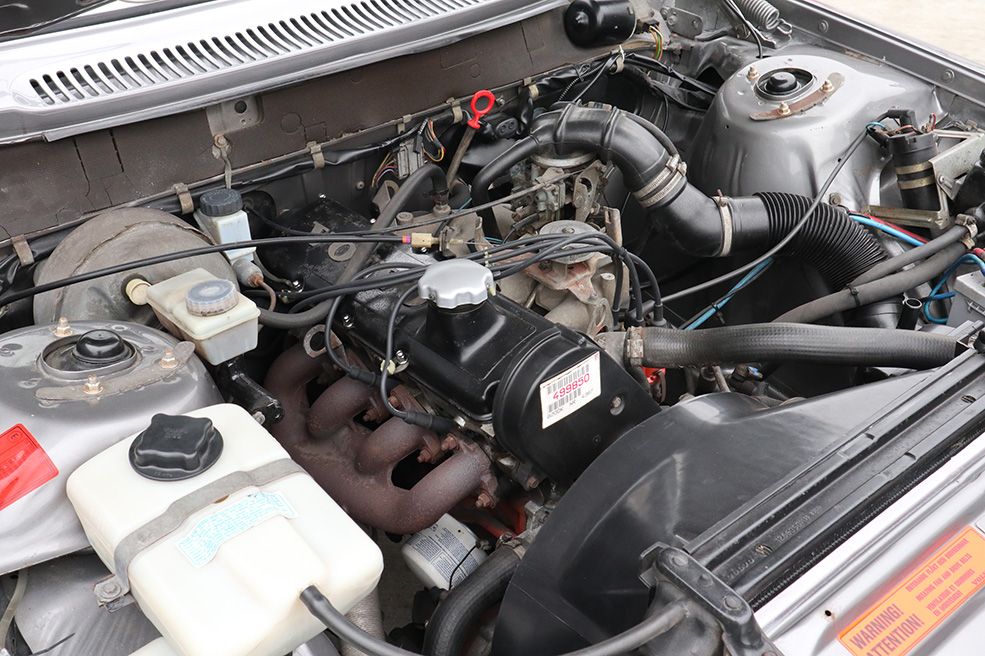
Engine and transmission
Most surviving Volvo 240s will be fitted with the B19 or later B21 four-cylinder engine, both of which are reliable units that can take high mileages in their stride. Because of their durability, however, it’s not unusual for owners to be neglectful when it comes to maintenance and regular servicing.
Head gasket failure isn’t unheard of, which means carrying out the usual checks for coolant in the oil and vice-versa. You should also check whether the oil is particularly dark, as this means that either an oil change is overdue or there are more serious problems inside the engine. A quick look at the state of the air filter will also tell you something about when the car was last serviced.
When the engine is running, listen out for any knocking noises and check how smoothly it ticks over. The engine should run evenly when idling, with any drop in revs likely to be caused by a worn carburettor. If the tickover seems too high, however, it could be down to a vacuum issue or a problem with the automatic choke.
The 2.7-litre PRV engine fitted in the 260 models tends to suffer from a worn camshaft at around the 100,000-mile mark. You also need to check for signs of previous overheating with this six-cylinder unit, as it’s a common problem. Making sure you bring it up to normal operating temperature is an essential part of your inspection.
On Volvo 240s fitted with manual transmission, the rear oil seal often leaks, which can wreck the gearbox when neglected and the oil level is allowed to drop. Early cars can suffer from weak synchromesh on first and second gears, although this only usually becomes an issue with a six-figure mileage. The clutch is as tough and robust as the transmission, but if the clutch pedal seems unusually heavy it could be a sign of a stretched cable that’s likely to snap at some point.
If buying a 240 or 260 with automatic transmission, you need to carry out the normal checks for smooth changes, making sure there’s no sign of slipping out of gear when under load.
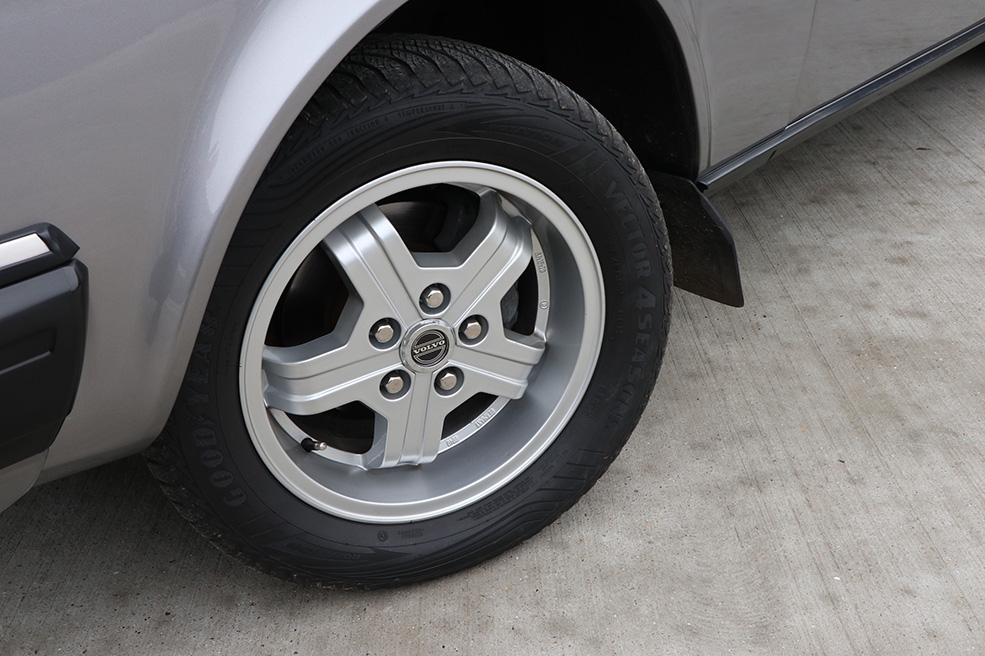
Suspension, steering and brakes
Although the Volvo 240 family’s steering and suspension system is tough and reliable by design, you need to check the areas that are most prone to wear. Take a close look at the tie rods, steering rods and bushes, for example, as well as the support arms of the rear axle. The weakest part of the steering system is the rack itself, which can leak and wear on high-mileage cars.
During a test drive, check for any play in the steering wheel and column, as well as making sure the suspension feels smooth and is knock-free. The 240 was always a popular towing car (particularly in estate guise), so make sure it doesn’t suffer from a sagging rear end. If the car doesn’t sit level, you should assume that the rear springs are past their best.
The dual-circuit disc brake set-up is another strong point of the 240, endowing it with superb stopping powers. Check that the car doesn’t pull to one side when braking (a sure sign of a caliper problem) and make sure that the brake pedal doesn’t require excessive force.
As on any car, it’s important to check the state of the Volvo’s discs and pads, as well as all brake pipes and hoses; replacing the brakes isn’t a particularly expensive or complex task, but you’ll still need to budget for this when buying.
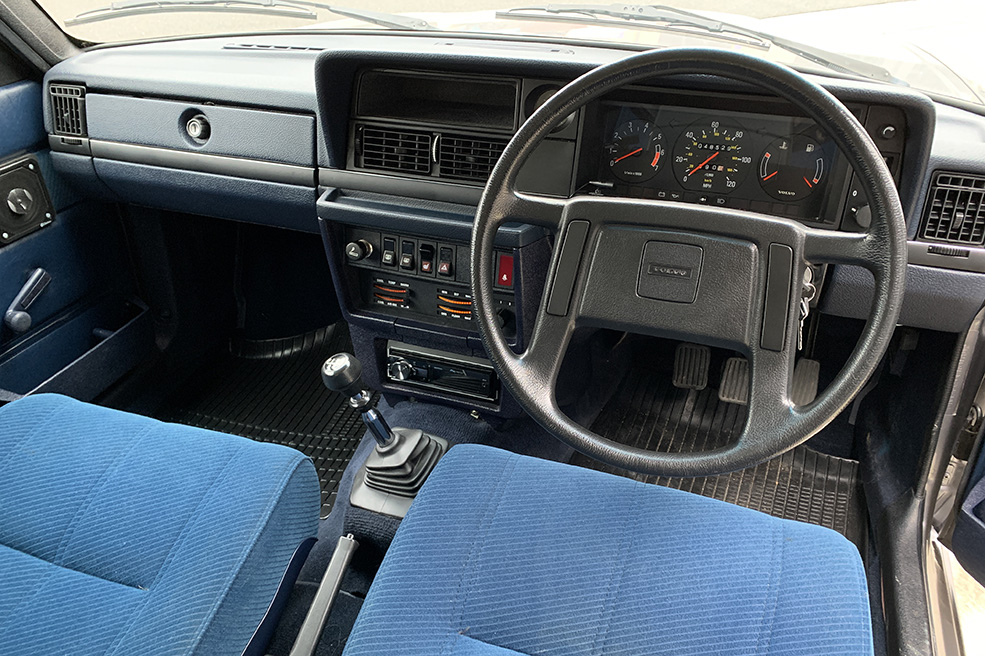
Interior and trim
The interior treatment of the Volvo 240 or 260 will depend upon its age and spec, with both cloth and leather upholstery featuring within the range. Either way, the fabrics used were always high quality, enabling a 240’s seats to remain in good condition even on high-mileage examples. Nevertheless, you should still look for wear around the front seat side bolsters, as well as the base of the driver’s seat in particular.
The 240’s carpeting was also of a good quality and tended to last longer than that in many rivals, although you should check for signs of wear around the front floorpans. It also pays to have a feel around for signs of dampness, as any leaks from the windscreen (caused by a poor seal or perhaps rot around the pillars or bulkhead) can result in soggy carpets.
There’s every chance a Volvo 240 estate will have led a hard life – which means paying particular attention to the state of its working end, with damage to the load area carpets and side panels being common. This doesn’t prevent the car from being a useful workhorse, of course, but may be a problem depending on how fussy you are in terms of aesthetics.
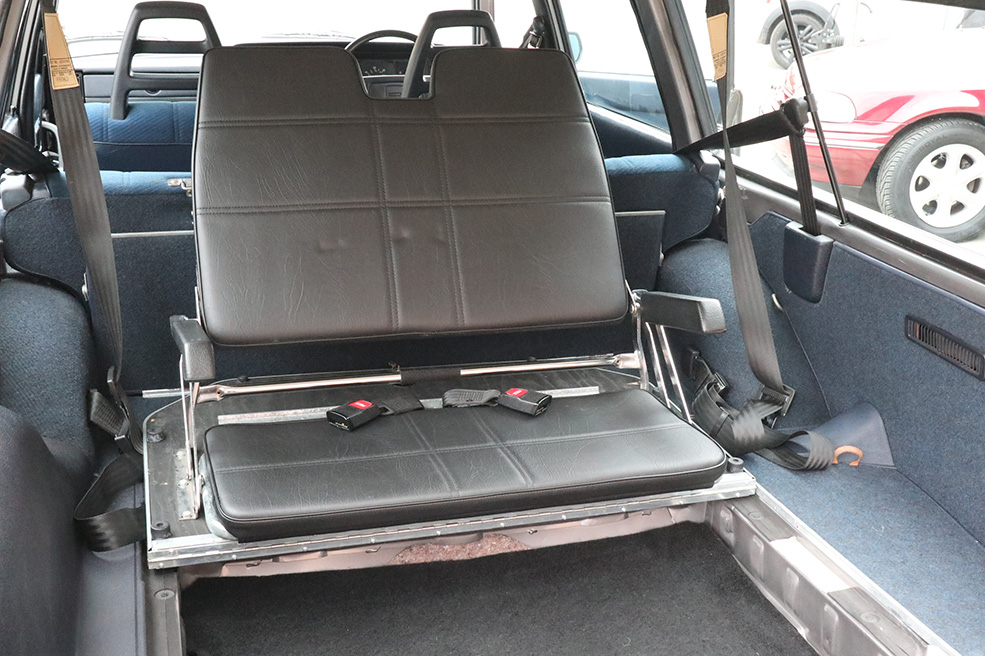
Volvo 240: our verdict
Although values of the evergreen Volvo 240 series have risen in recent years, this is one classic Volvo that still manages to offer decent value for money. It also happens to be one of the most usable classics of the last 40 years, with all the usual Volvo attributes of robustness, reliability and practicality in its favour. It might not be a driver’s car in the true sense of the term, but its army of loyal fans couldn’t care less about such trivialities.
All Volvo 240 models and derivatives are sturdy classics capable of providing safe, durable transport for years to come. Keep your car well maintained and it should even prove to be a reasonable long-term investment. If you’ve yet to take the plunge into 240-series ownership, it’s something well worth considering today.
Time was, 240s were cheap enough to use and abuse and throw away when the rot set in – indeed, tatty cars that are nearing their last MoT can still be had under £1500, and although they’re not cars to keep long-term, you can dip your toes into the much-loved Volvo experience on a budget. Realistically, £3000-£4000 will buy you a nice example of an estate that you can tidy up for showing or use as a year-round family workhorse. Saloons, though rarer, can be found for similar money in likely better condition.
Up your budget to £7000-£9000 and you’ll buy the nicest 240s around, even an earlier ‘shovel nose’ 244 if you can find one. The ultra-rare 262C coupe, meanwhile, is a collector’s item that you’ll need around £15,000 for, assuming you can find one.
Volvo 240 alternatives
Mercedes S123
No car can match the Volvo for durability, quality, versatility and resultant charm like the mighty Mercedes 123. Just as practical in estate guise and arguably better supported for parts, the only downside to the Merc is the higher price of entry next to the 240.
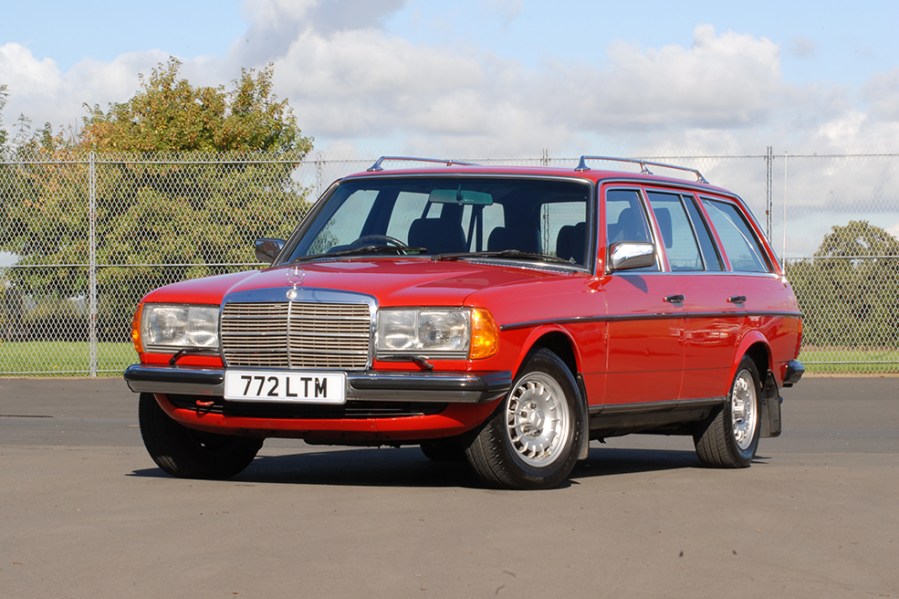
Ford Granada Mk3 Estate
The Granada became even more comfortable and practical in its third generation and boasted a great range of engines. Rare today in estate form and arguably not as durable as the Volvo, the Granada is nevertheless worth seeking out.
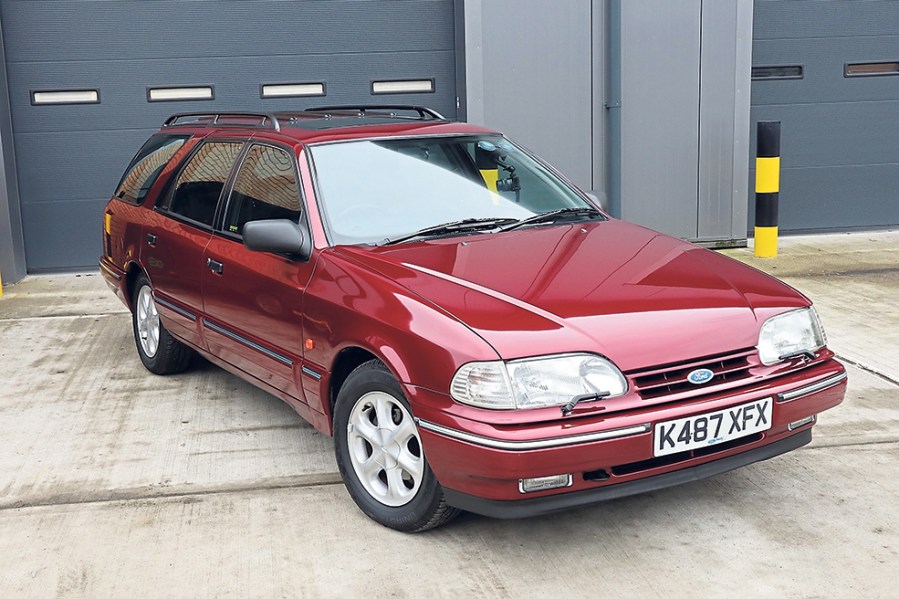
Volvo 240 timeline
1974
Volvo 240, also known as the 200-series, is launched as replacement for the Volvo 140-series. UK range includes 244 DL, 244 GL, 245 E and 245 DL. V6-powered 260 models also introduced in 264 and 265 form
1975
Volvo 263 GL hatchback prototype produced but doesn’t make production
1977
All-new B19A engine replaces long-standing B20A
240 GLE flagship model introduced
Volvo 262 C coupe introduced
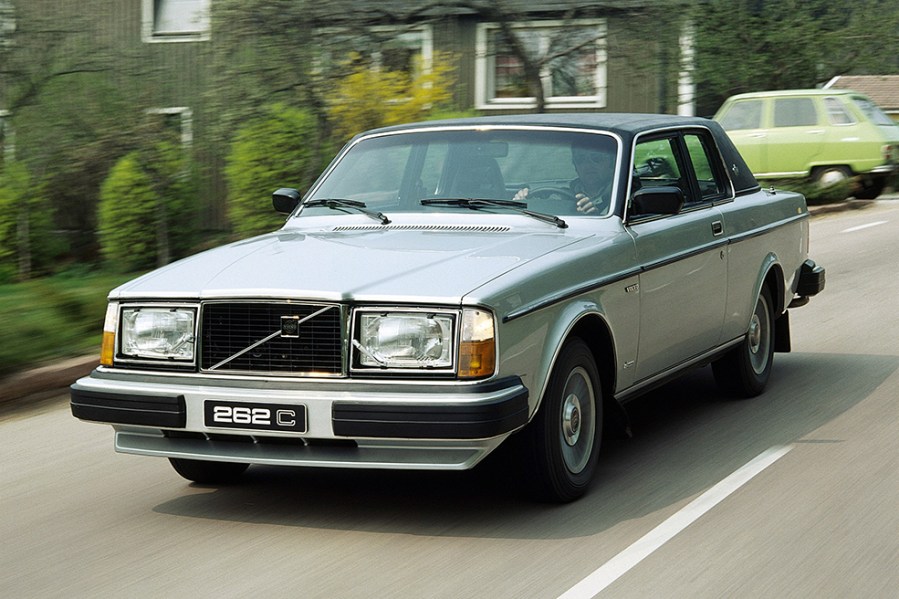
The Volvo 262 C, introduced in 1977, is now a very rare example of the breed
1978
Facelift brings redesigned rear end for saloon models, along with square headlights
1980
Sporty Volvo 240 GLT arrives
1981
Facelift for estate models adds new grille and wraparound rear lights
262 C coupe discontinued with just 6,622 examples made
1984
New manual gearbox introduced
1985
Eggenberger Motorsport wins the European Touring Car Championship with drivers Gianfranco Brancatelli and Thomas Lindström in the Volvo 240 Turbo
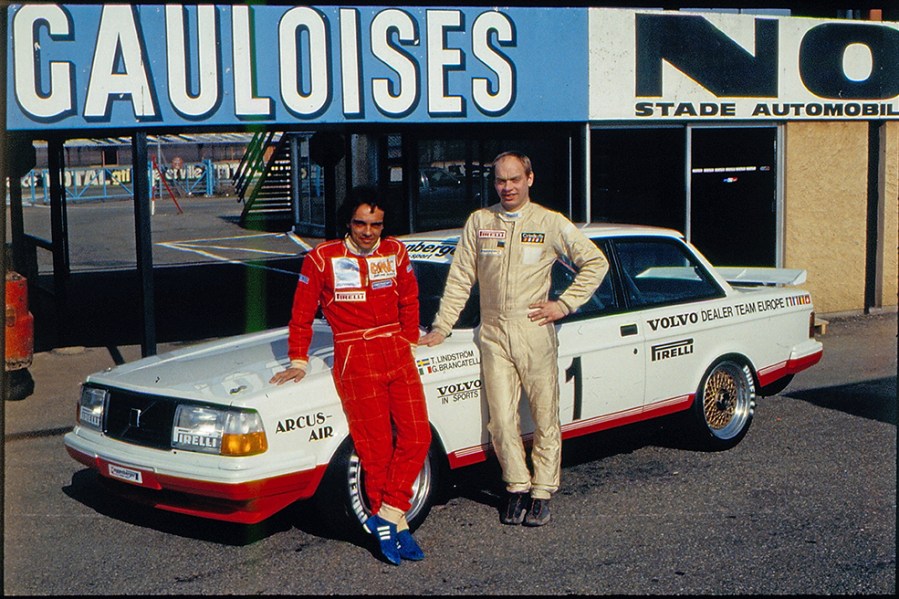
The winners of the 1985 European Touring Car Championship, Gianfranco Brancatelli and Thomas Lindström, and their Volvo 240 Turbo
1987
Volvo 240 Turbo wins the 24 Hours of Zolder
1990
Volvo 240 Turbo wins the 24 Hours of Zolder again
1993
Volvo 240 Torslanda estate arrives as limited-edition run-out special


